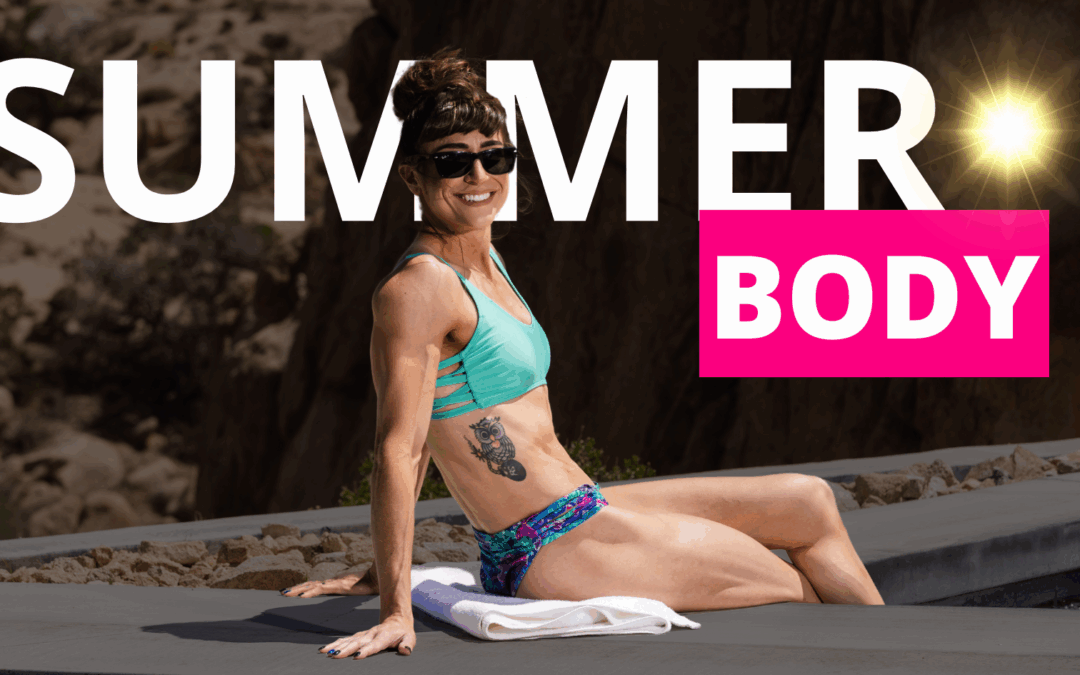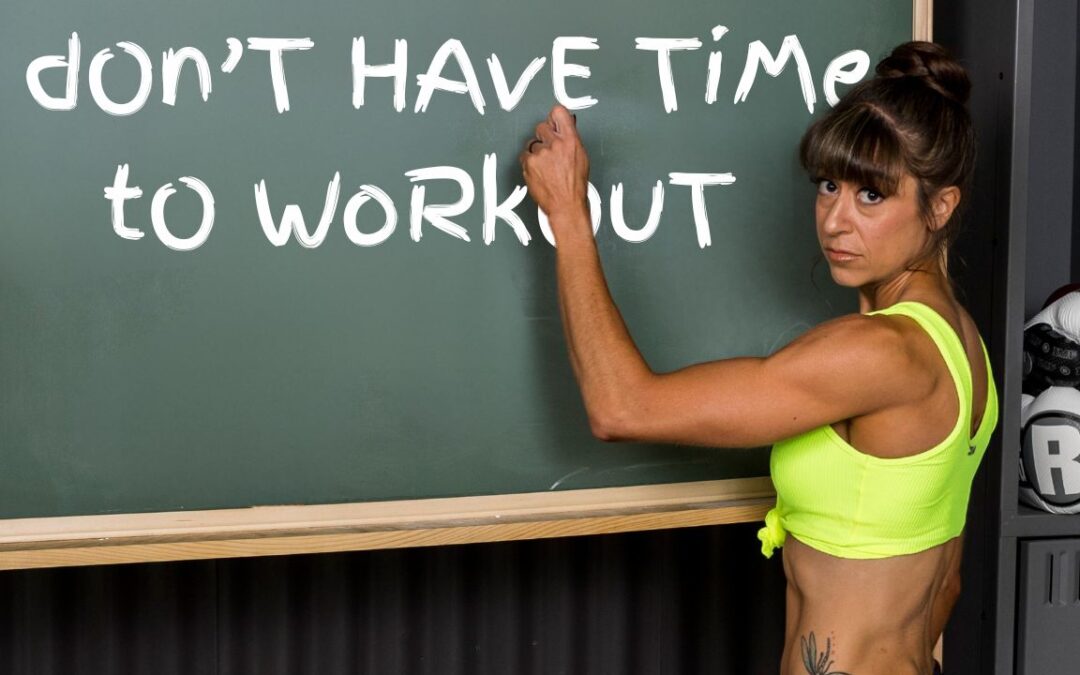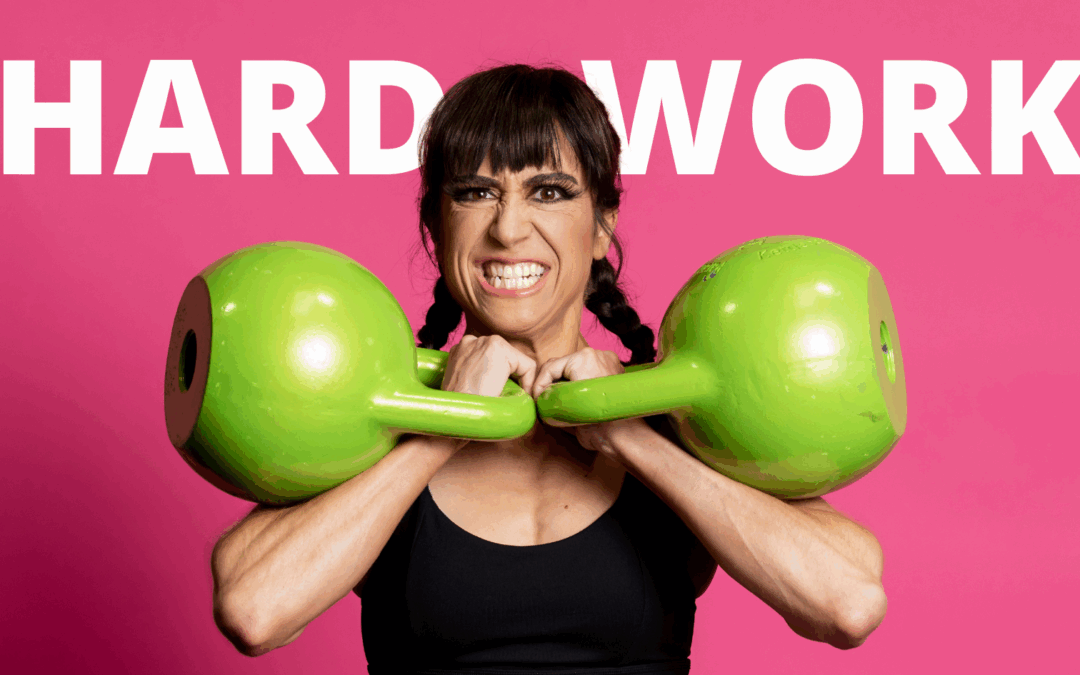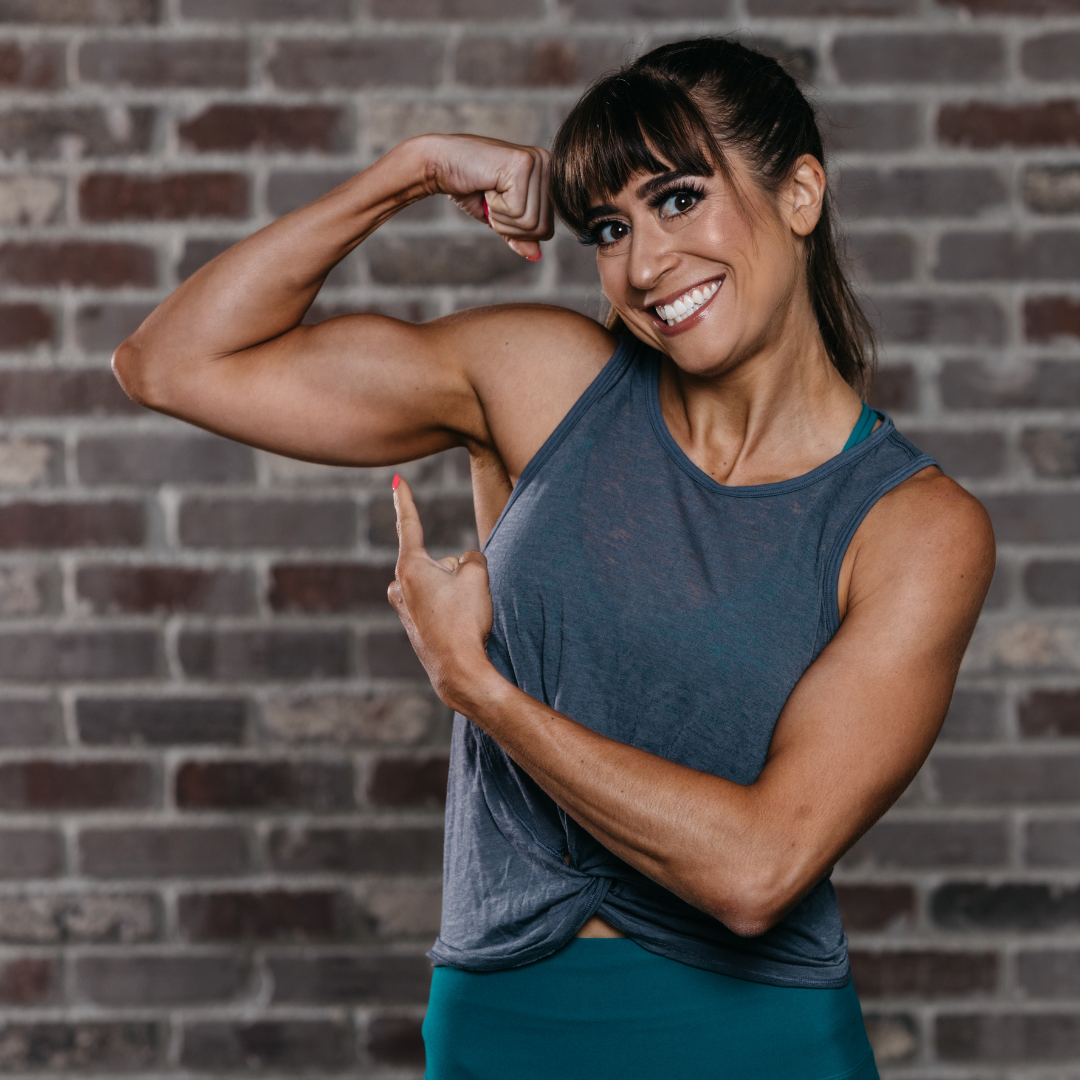
by Cori Lefkowith | May 18, 2025 | Blog, Diet, Exercises, Mindset
Most of us don’t just want to lose weight – we want to lose fat. We want to look leaner, more toned, more defined. We want to fit back into our skinny jeans or that dress in the back of the closet we can’t bring ourselves to give away because we desperately want...

by Cori Lefkowith | May 15, 2025 | podcast
Listen: Change Requires CHANGE If you’re feeling stuck and know deep down that you could be doing better, don’t wait any longer. Your life is not going to change until you take action and make a bold move towards your goals. If you’re ready to take control of your...

by Cori Lefkowith | May 11, 2025 | Blog, Exercises, Workouts
“I don’t have enough time.” Sorry I’m calling BS on this one. And before your storm off clicking back, hear me out… What we value, we prioritize. And what we prioritize, we MAKE time for. We FIND the time. Yes, there are finite hours in the day, but we give up some of...

by Cori Lefkowith | May 8, 2025 | podcast
Listen: Change Requires CHANGE If you’re feeling stuck and know deep down that you could be doing better, don’t wait any longer. Your life is not going to change until you take action and make a bold move towards your goals. If you’re ready to take control of your...

by Cori Lefkowith | May 1, 2025 | podcast
Listen: Change Requires CHANGE If you’re feeling stuck and know deep down that you could be doing better, don’t wait any longer. Your life is not going to change until you take action and make a bold move towards your goals. If you’re ready to take control of your...






